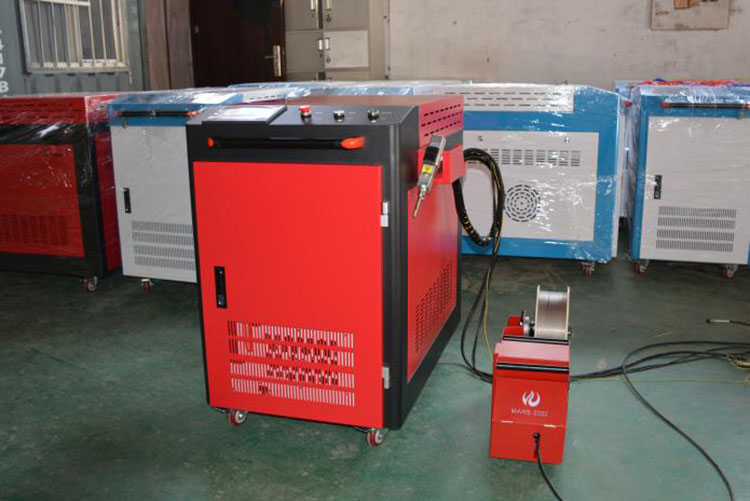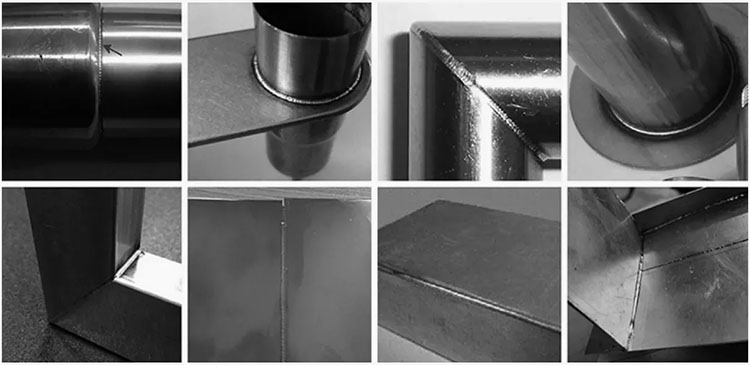
- English
- Español
- Português
- русский
- Français
- 日本語
- Deutsch
- tiếng Việt
- Italiano
- Nederlands
- ภาษาไทย
- Polski
- 한국어
- Svenska
- magyar
- Malay
- বাংলা ভাষার
- Dansk
- Suomi
- हिन्दी
- Pilipino
- Türkçe
- Gaeilge
- العربية
- Indonesia
- Norsk
- تمل
- český
- ελληνικά
- український
- Javanese
- فارسی
- தமிழ்
- తెలుగు
- नेपाली
- Burmese
- български
- ລາວ
- Latine
- Қазақша
- Euskal
- Azərbaycan
- Slovenský jazyk
- Македонски
- Lietuvos
- Eesti Keel
- Română
- Slovenski
- मराठी
- Srpski језик
How does the laser welding machine work?
2023-07-19
Laser welding offers a variety of advantages, including precise control, high welding speeds, minimal thermal distortion and the ability to weld complex geometries. It is commonly used in industries such as automotive, aerospace, electronics and jewelry manufacturing where high quality and efficient welding is required. So how does a laser welder work?

A laser welder uses a focused, high-intensity laser beam to join or fuse metals together. The process involves the following steps:
Laser Generation: Laser welding machines use a laser source to generate a highly focused beam of light. The most common types of welding lasers are solid-state lasers, fiber lasers and CO2 lasers.
Beam Delivery: The laser beam is delivered to the workpiece using various methods such as mirrors or fiber optic cables. The beam is directed precisely to the area to be welded.
Focusing: The laser beam passes through a focusing lens that narrows and concentrates the beam to a small spot size. This focused beam helps to achieve high energy density at the weld point.

Material Preparation: Preparing the metal to be welded, making sure the surfaces are clean and properly aligned. The parts are usually clamped or secured to maintain the desired positioning during the welding process.
Welding Process: When the laser beam is precisely focused on the workpiece, the high energy density heats the metal, causing it to melt and form a molten pool. Heat input is localized and controlled, minimizing thermal distortion of the surrounding material.
Weld Formation: As the laser beam moves along the joint, the molten metal solidifies and a weld is formed. The movement of the laser beam can be controlled by a robotic arm or CNC system to follow the desired weld path.
Cooling and solidification: After the laser beam passes through, the heat affected zone cools and the molten metal solidifies to form a strong bond between the weld materials. Appropriate cooling techniques can be used to control the cooling rate and reduce the risk of distortion or rupture.



